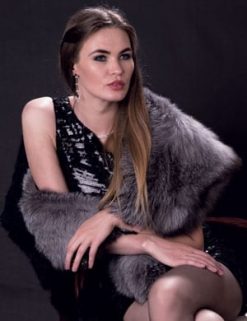Chic Maree coat in hand woven pure wool Harris Tweed in the season’s favourite country hues
Original price was: £350.00.£149.00Current price is: £149.00.
Tartan is colonising bags and boots and even trainers—but best of all is still the plaid coat. Here is the nation’s favourite Harris Tweed check in the season’s favourite country hues, all combined in the neat pure wool Maree coat. The colour palette is drawn from the Scottish loughs and hills: a teal ground and blue-green canopy with dark forest shades and a touch of cloudy grey in the checks. It’s a breath of fresh air, well tailored in easy, single breasted, waisted style and designed in London.
It shows expertly matched and contrasted checks, a dark velvet collar adding style and warmth, two flapped front pockets, a single rear vent to allow movement and a smart silky lining. With a length of 93cm, collar to hem, it makes a super full-length coat on a petite figure, and falls above the knee on those who are model-girl tall. Sizes UK 8-22.
RRP £350. CCUK £149 including UK mainland delivery.














